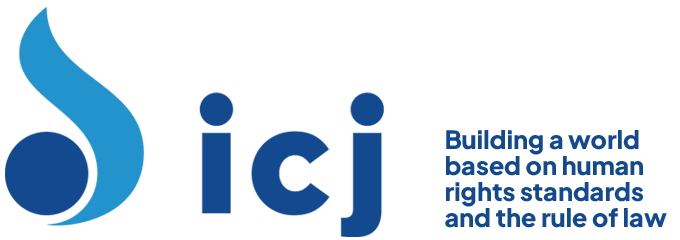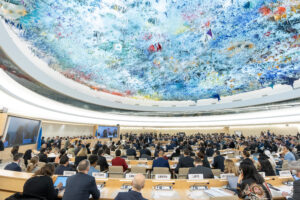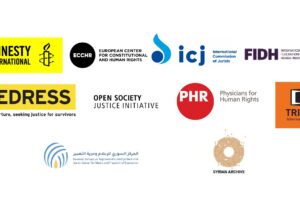II. MULTIPLE AND INTERSECTING FORMS OF DISCRIMINATION AND VIOLENCE AGAINST WOMEN
B. Forms, causes and consequences
21. It has been acknowledged that violence results from a complex interplay of individual, family, community and social factors, and that, even though all women are at risk of violence in every society in the world, not all women are equally vulnerable to acts and structures of violence. Representing both the universality and the particularity of women’s risk of violence requires the social location and bodily attributes of individuals and groups to be explicitly accounted for.
…
1. Human rights as universal, interdependent and indivisible
59. Human rights are universal in the sense that everyone is entitled to have their rights respected, protected and fulfilled no matter who they are or where they reside. Universality renders geographic location and social position impermissible bases on which to deny human rights, including the right to be free from violence. The “gendered theorization of human rights,” incorporates “an intersectional approach to race, class, gender, sexuality and nation” where “no one right can be easily broken down into a singular issue, as rights are always already constituted through the social structural relations of multiple positionalities.”
3. Structural and institutional discrimination and inequalities
67. The existence of structural and institutional inequalities is the result of various aspects and factors related to discrimination. Discrimination based on race, ethnicity, national origin, ability, socio-economic class, sexual orientation, gender identity, religion, culture, tradition and other realities often intensifies acts of violence against women. The acknowledgement of structural aspects and factors of discrimination is necessary for achieving non-discrimination and equality.
4. Social and/or economic hierarchies among women and between women and men
73. Material reality is linked to economic and social security and is crucial for both protecting and preventing violence against women. Material reality, such as educational attainment, housing, and access to land, water, food and work, all play a role in how and to what extent women experience violence. Not only does violence against women disproportionately target the most vulnerable women in society in terms of race, ethnic origin, nationality, disability and sexual orientation, but the conditions in which women live can also position them as being especially receptive to gender-based violence.
D. Some critical aspects to consider when adopting a holistic approach
1. The right to an adequate standard of living
87. The right to security and bodily integrity per se is essential for the enjoyment of other human rights. All people, regardless of citizenship, gender, race, ethnicity, national origin, and/or sexuality, have the right to bodily integrity within which health and the environment play important roles.
E. Conclusions and recommendations
104. Situating violence against women as a problem that cuts across political, civil, economic, social and cultural rights compels us to recognize the universality of violence. This report argues that individual women’s productive and reproductive activities in all sectors is impacted by forms of interpersonal and structural violence which intersect with various factors such as immigration, trade and economic policy, social and economic development, civil and political development, sexual orientation, ability, legal protection, conflict, security concerns, and so on.
Link to the full extract: Report-SR Violence against Women-2011-extract-eng
Link to full text of the report: http://www2.ohchr.org/english/bodies/hrcouncil/docs/17session/A-HRC-17-26.pdf




